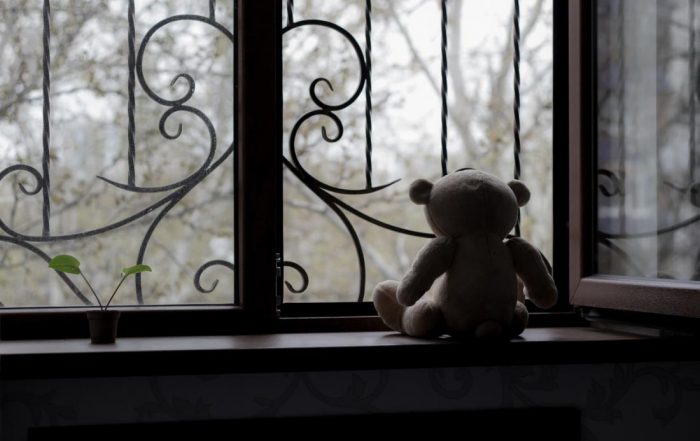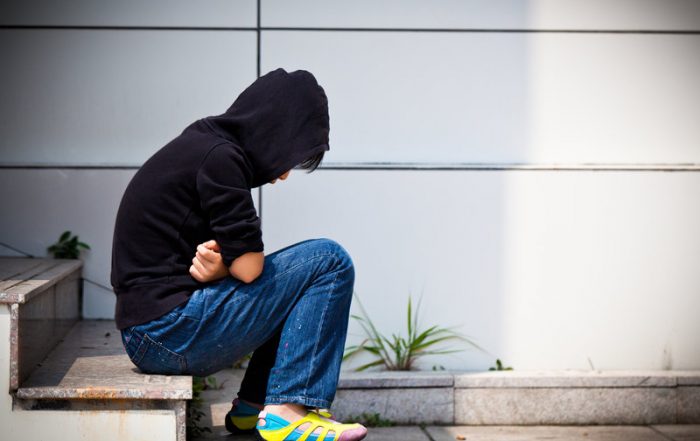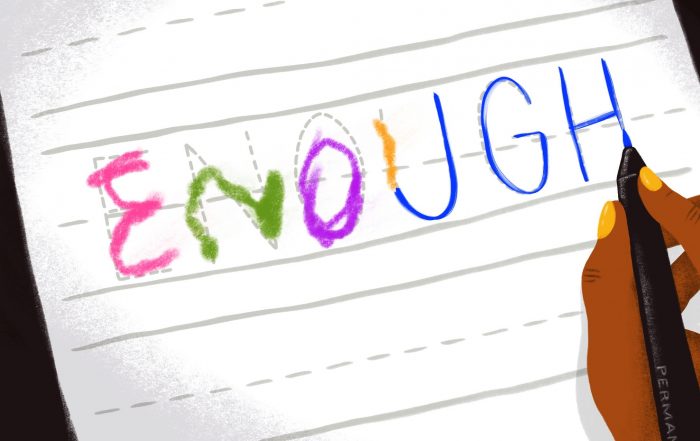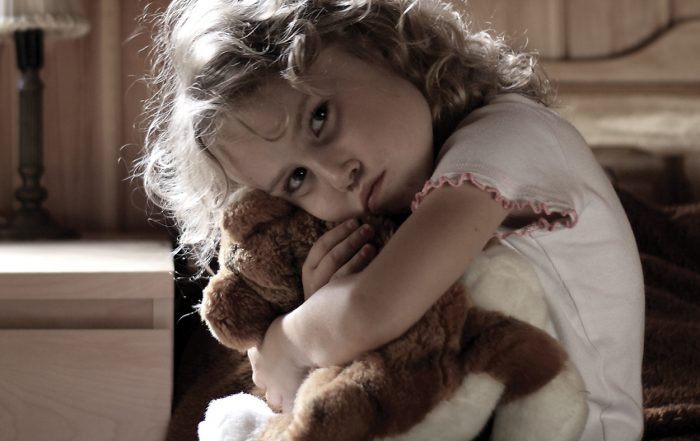By The Conversation
After years of decline, school exclusions are on the rise again, according to official figures for the Department for Education. The Timpson review, carried out by former children’s minister Edward Timpson, also shows that children in care and other “children in need” are disproportionately likely to be excluded. This amplifies the educational disadvantages they already face.
There are around 75,000 children in care at any one time in England. Collectively, they have some of the lowest educational outcomes of any identifiable group for reasons that are complex and multidimensional. The 2016-2017 figures show they are five times more likely to have been temporarily excluded than other children. Children in need -– the wider group needing support from their local authority –- were nearly four times as likely to be temporarily excluded and twice as likely to be permanently excluded.
Share This Post!
Emotional and Psychological Trauma: Healing from Trauma and Moving On
By Lawrence Robinson, Melinda Smith, M.A., and Jeanne Segal, Ph.D. If you’ve experienced an extremely stressful or disturbing event that’s left you feeling helpless and emotionally out of control, you may have [...]
How childhood trauma affects the brain
By Maria Cohut It is not news that people abused as children are more exposed to clinical depression, anxiety, and a higher risk of death from suicide. But now, researchers have begun to [...]
Should Childhood Trauma Be Treated As A Public Health Crisis?
By Erin Blakemore, NPR When public health officials get wind of an outbreak of Hepatitis A or influenza, they spring into action with public awareness campaigns, monitoring and outreach. But should they [...]
The Healing Power of Dance Movement Therapy
By Helaina Hovitz As I worked more furiously towards the deadline of finishing the edits on my memoir about growing up with Post Traumatic Stress Disorder while verbally telling my story over [...]
How to Rewire Your Traumatized Brain
By the Concepción de León I hear some people have trouble with therapy, that it can take years for them to open up to their doctors, let alone cry or break down. Not [...]
Developmental Trauma Disorder: The Effects of Child Abuse and Neglect
By Maureen V. Kilrain, MS, PA-C Child neglect and abuse are perhaps the most significant community health challenge in the United States. Mental health experts in trauma continue to investigate and apply a [...]







